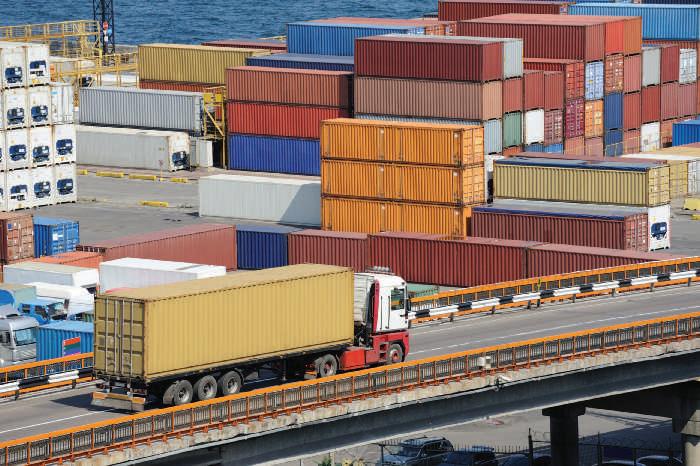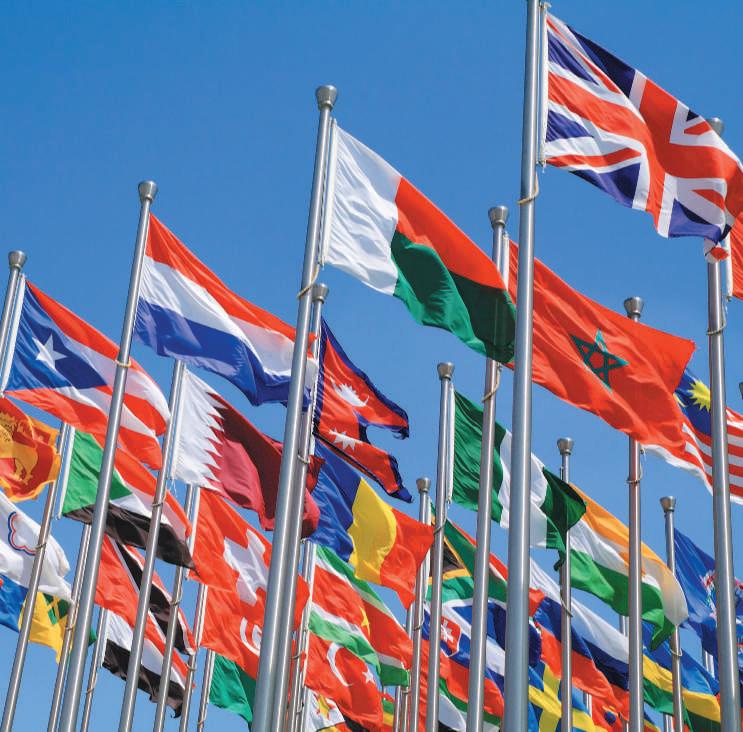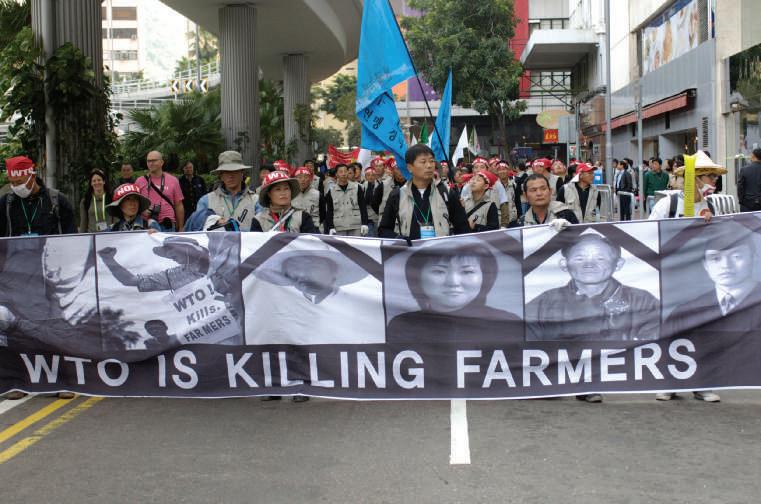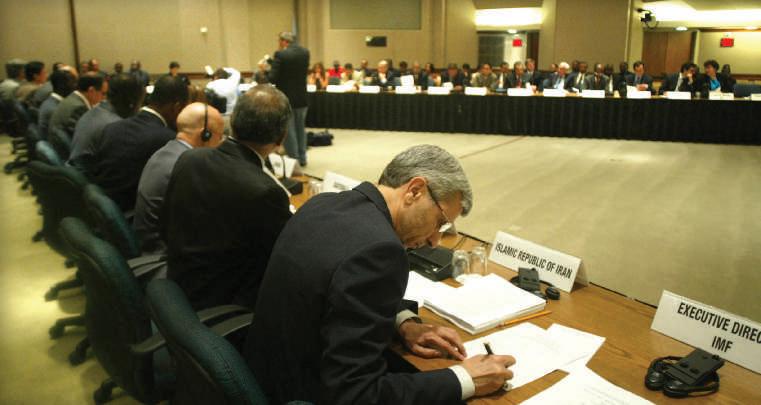M N E s a nd T h ei r Glo b a l S t r a t e g ic M o t i v es
205
country. What does this imply? In industries that reflect monopolistic market structures (such as monopoly, duopoly, or monopolistic competition), profit margins are generally high because there are few competitors. For example, when Motorola, Inc., a major U.S. company in the semiconductor and cell phone business, entered the China market in the 1980s, there were no significant competitors in China’s semiconductor industry. Motorola nearly had China’s market to itself and was able to set high prices for its products. In the process, it generated solid revenues and profits for a long time period until the late 1990s, when competitors like IBM, Intel, Nokia, Samsung, and Toshiba entered China. In the meantime, Motorola established itself firmly in China where it has been more profitable than in the United States for a longtime. 8-3a-(iv) Entering Trade-Restricted Sectors As we discussed earlier, countries often impose various types of trade barriers like tariffs, quotas, and subsidies to protect certain high-profile industries from global competition. These trade barriers lead to decreased competition from abroad and raise prices and profits of domestic firms. Such protection over time will often lead to lesser-quality domestic products and services. The only profitable way for foreign firms to enter these trade-restricted markets is through FDI rather than through exports. So, a foreign firm that wants to enter the protected market will need to determine whether that host country market is so large and profitable that it is willing to make long-term commitments and investments in that country. A good example is the voluntary export restraint agreement that the governments of Japan and the United States entered together in the early 1980s, soon after the Iranian Revolution of 1979 that led to a curb in Iranian oil exports and a more than doubling of crude oil prices. Per this agreement, Japan limited its car exports to the United States to about 1.6 million units a year for three years. The objective was to protect Detroit’s “Big Three” auto makers (GM, Ford, and Chrysler) and provide them three years time to retool and manufacture fuel-efficient small cars. Japanese car manufacturers knew that they could effectively compete against Detroit both in quality and price. Furthermore, the Japanese manufacturers did not want to give up, at that time, on the world’s largest and most lucrative car market. Therefore, the Japanese car companies needed to decide between two options: (1) manufacture cars at home (in Japan) and export a maximum of 1.6 million cars a year to the United States; or (2) circumvent trade restrictions by establishing manufacturing plants in the United States to produce and sell as many cars as possible there. Honda was the first Japanese firm to pursue the option of assembling cars in the United States beginning in 1982. By 1987, six other Japanese automakers were also operating, or announcing plans to build, U.S. assembly plants. This was the beginning of Japanese car transplants in the United States. Today, Toyota manufactures and sells more cars in the United States than General Motors, which, since declaring bankruptcy in 2009, has been successfully downsizing and restructuring its U.S. and global operations.
8-3b Cost-Minimizing Strategies Another reason why MNEs go abroad is to minimize costs. For example, if the domestic market for a product is highly competitive, then the MNE may not make much profit. The only alternative for the MNE in such an environment will be to cut costs. When the MNE finds that it is unable to domestically cut costs for various reasons, then it would decide to move production abroad or outsource some of its components from abroad in order to show a decent profit to its shareholders. Thus, when the cost of domestic factors of production (i.e., land, labor, capital, and technology) increases, MNEs feel the pressure to seek lower factor costs abroad to maintain or increase corporate profit margins. There are several important strategic ways of minimizing costs on a global scale as discussed next. Copyright 2017 Cengage Learning. All Rights Reserved. May not be copied, scanned, or duplicated, in whole or in part. Due to electronic rights, some third party content may be suppressed from the eBook and/or eChapter(s). Editorial review has deemed that any suppressed content does not materially affect the overall learning experience. Cengage Learning reserves the right to remove additional content at any time if subsequent rights restrictions require it.







































